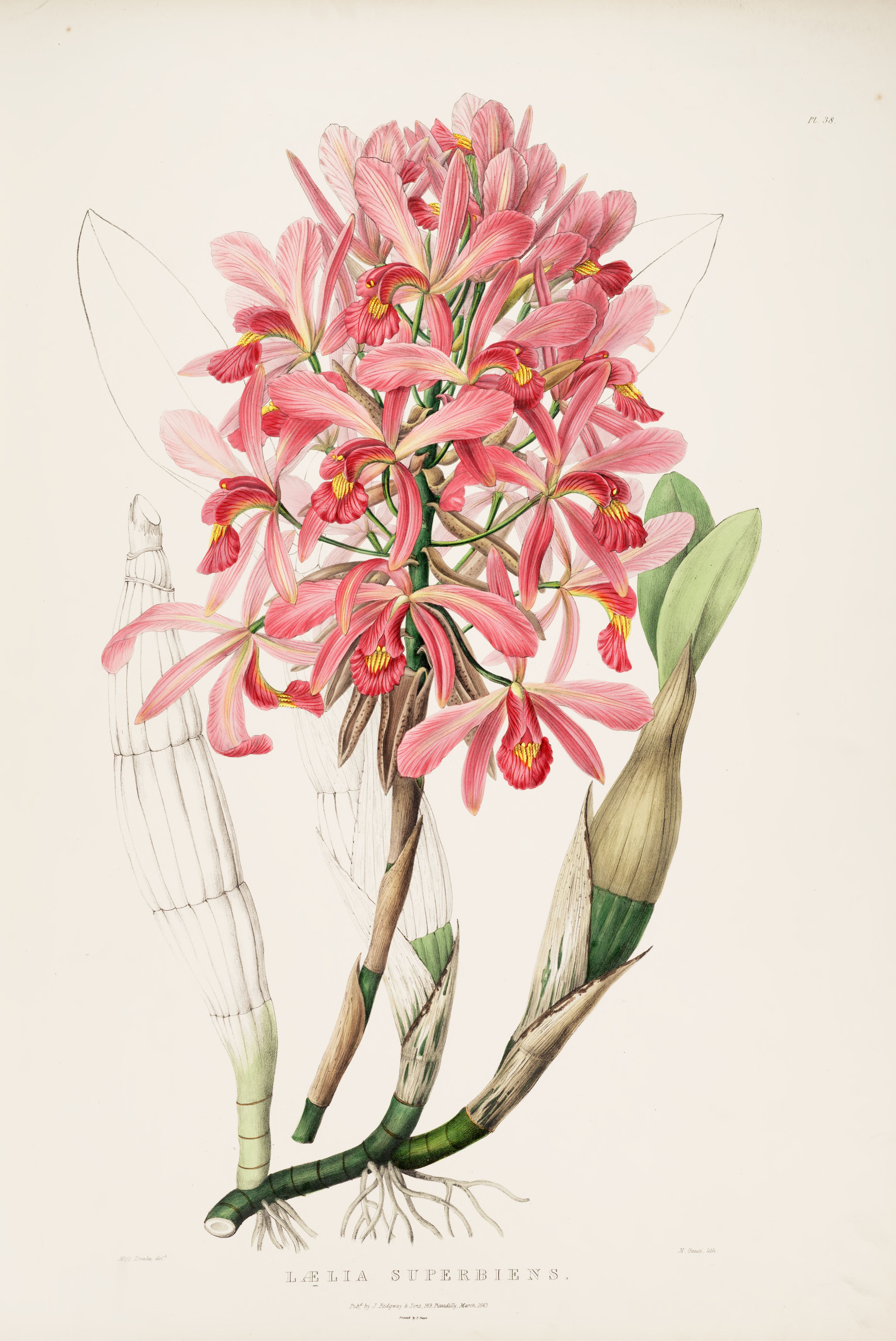Sympodial on:
[Wikipedia]
[Google]
[Amazon]
 In
In
 In
In botany
Botany, also called plant science, is the branch of natural science and biology studying plants, especially Plant anatomy, their anatomy, Plant taxonomy, taxonomy, and Plant ecology, ecology. A botanist or plant scientist is a scientist who s ...
, sympodial growth is a bifurcating branching pattern where one branch develops more strongly than the other, resulting in the stronger branches forming the primary shoot and the weaker branches appearing laterally. A sympodium, also referred to as a sympode or pseudaxis, is the primary shoot, comprising the stronger branches, formed during sympodial growth. The pattern is similar to dichotomous branching; it is characterized by branching along stems or hyphae.
Sympodial growth occurs when the apical meristem is terminated and growth is continued by one or more lateral meristems, which repeat the process. The apical meristem may be consumed to make an inflorescence
In botany, an inflorescence is a group or cluster of flowers arranged on a plant's Plant stem, stem that is composed of a main branch or a system of branches. An inflorescence is categorized on the basis of the arrangement of flowers on a mai ...
or other determinate structure, or it may be aborted.
Types
If the sympodium is always formed on the same side of the branch bifurcation, e.g. always on the right side, the branching structure is called a helicoid cyme or bostryx. If the sympodium occurs alternately, e.g. on the right and then the left, the branching pattern is called a scorpioid cyme or cincinus (also spelled cincinnus). Leader displacement may result: the stem appears to be continuous, but is in fact derived from the meristems of multiple lateral branches, rather than a monopodial plant whose stems derive from one meristem only.Simpson, M. G. 2006. ''Plant Systematics.'' Elsevier Academic Press. Pg. 355. Dichotomous substitution may result: two equal laterals continue the main growth.In orchids
In some orchids, the apical meristem of therhizome
In botany and dendrology, a rhizome ( ) is a modified subterranean plant stem that sends out roots and Shoot (botany), shoots from its Node (botany), nodes. Rhizomes are also called creeping rootstalks or just rootstalks. Rhizomes develop from ...
forms an ascendent swollen stem called a pseudobulb, and the apical meristem is consumed in a terminal inflorescence. Continued growth occurs in the rhizome, where a lateral meristem takes over to form another pseudobulb and repeat the process. This process is evident in the jointed appearance of the rhizome, where each segment is the product of an individual meristem, but the sympodial nature of a stem is not always clearly visible.
References
{{Reflist Orchid morphology Plant stem morphology